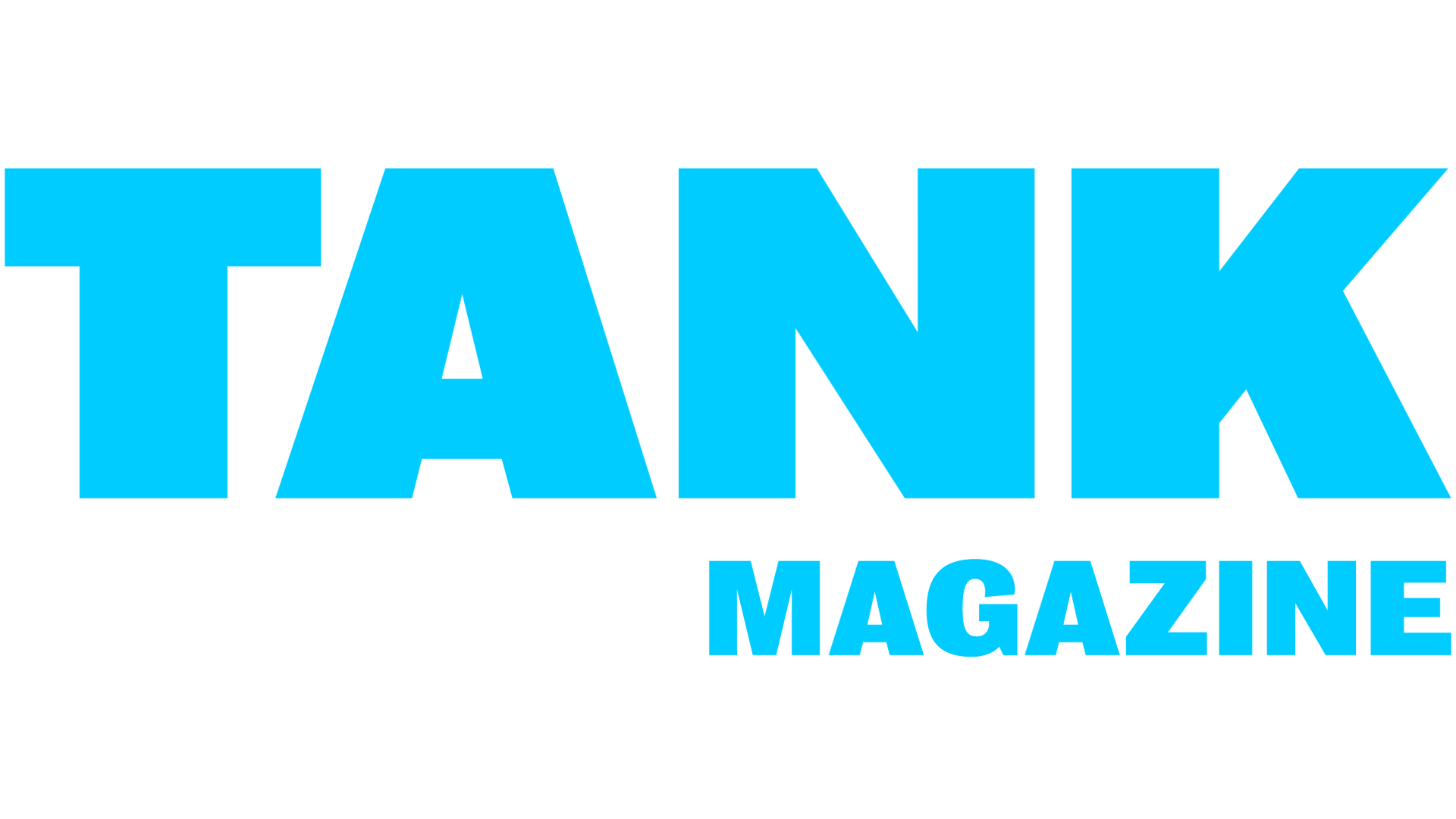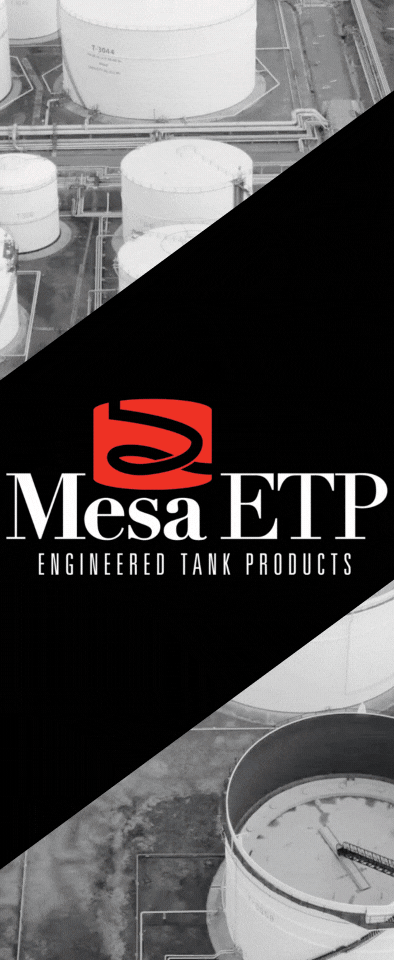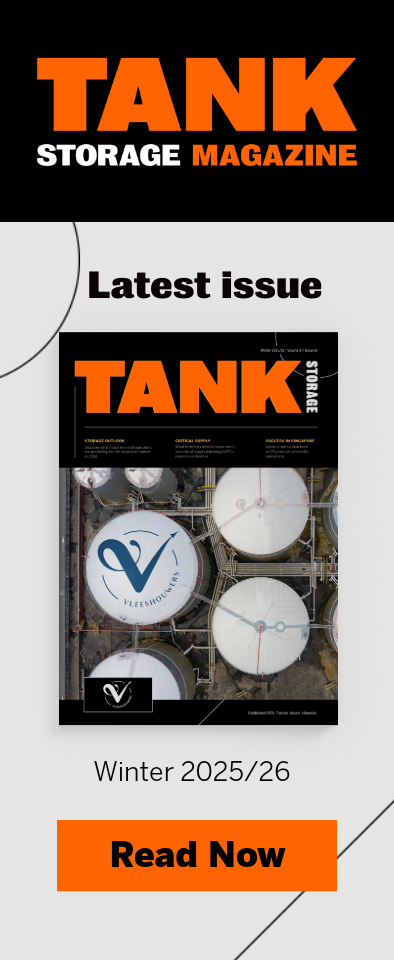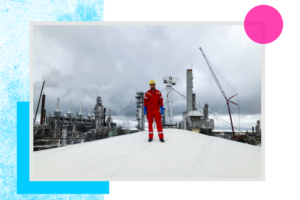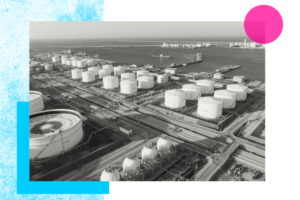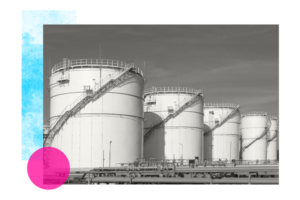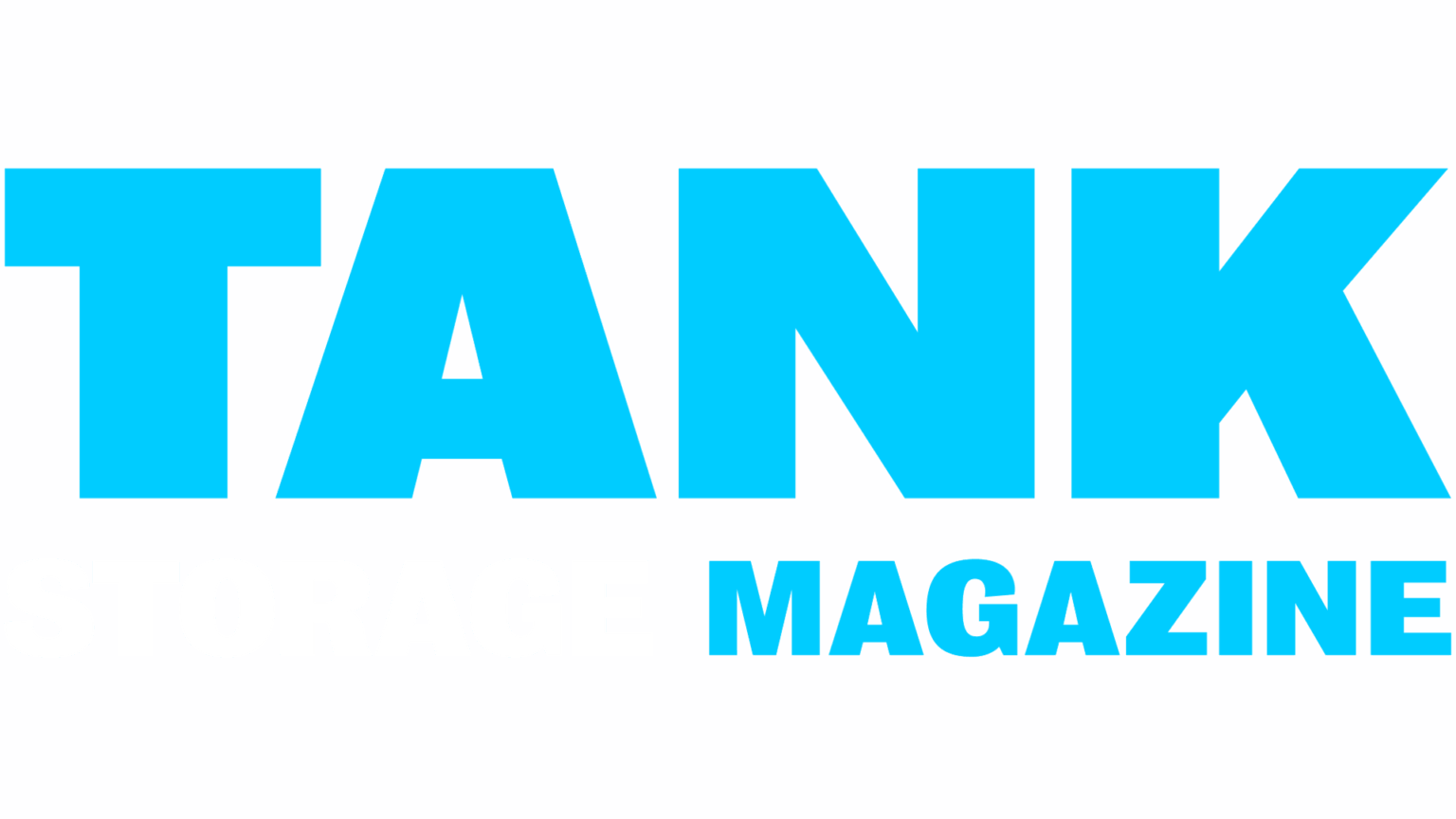Maxime Peeters, program manager hydrogen at the Port of Antwerp-Bruges discusses the roadmap for a revolutionary hydrogen hub.
The European demand for green and circular resources generates exciting opportunities. Port of Antwerp-Bruges has the ambition to become a major import hub for the hydrogen supply chain to Europe’s industrial hinterland, and help drive change towards a greener, more sustainable future. Solar and wind will become the main sources of climate neutral energy. As a solution to the lack of enough sun and wind in Belgium and western Europe, Port of Antwerp-Bruges invests broadly in importing renewable energy, from Oman and Chile, for example, and thus complementing local green and blue hydrogen production. Hydrogen and its derrivatives, such as ammonia, methanol, methane or LOHCs (the so-called hydrogen carriers), offer the solution because they make it possible to transport large volumes long distance. Moreover these molecules are already processed and transported through the port infrastructure and
companies today.
With maritime connections to more than 1,000 ports, Port of Antwerp-Bruges is at the heart of international world trade. In addition, the port offers excellent hinterland connectivity and the largest
integrated chemical cluster in Europe, which offers many opportunities to companies to source their raw materials via the Port of Antwerp-Bruges.
HYDROGEN HUB DEVELOPMENT
Port of Antwerp-Bruges has set up a roadmap towards 2030 to set concrete steps in the built out the hydrogen economy, working towards a climate neutral Europe by 2050. This roadmap is built around three main pillars: supply, infrastructure and offtake.
Supply is based around local hydrogen production, supplemented by imported hydrogen and hydrogen carriers. To properly receive and distribute the imported and locally produced hydrogen, the infrastructure must be optimised. This is why Port of Antwerp-Bruges has committed to developing and expanding the capacity. Doing so will help the supply of local buyers from across different sectors such as the chemical sector, for use as a raw material. Also a demand for heat generation, steel production, ships, aircraft and heavy transport for fuel, as well as export to industrial clusters in the hinterland. Port of Antwerp-Bruges wants to support the supply of low carbon, cost competitive and secure supply of energy and feedstock.
Today we see many concrete projects taking their FID’s and many more in the development phase in a wide array of strong partnerships. The future looks bright, Port of Antwerp-Bruges is working
hard every day together with policy makers and commercial players to push the hydrogen economy forward.
THE IMPORTANCE OF HYDROGEN HUBS
One of the reasons hydrogen hubs are important is that not all end-users can electrify. Therefore they will need to use hydrogen molecules to go green. Take shipping, for example, which has large power requirements and needs autonomy. Other industries that need high temperatures, like steel, cement or glass production can be difficult to electrify. Not to mention processing chemical raw materials.
A second reason is that wind and solar are not constantly available, nor in the large quantities required. So you also need to be able to buffer and store energy locally. This can be done in the form of hydrogen carriers. This way, end users can get energy when and where they need it. In countries like Oman and Namibia, there is much more wind and solar available at cheaper rates. That makes it more sensible to convert this energy into green hydrogen or hydrogen carriers like ammonia, methanol or others. These can be transported over long distances via ship or pipeline. An additional advantage is that this way you create a spread between different production countries.
LOCATION, LOCATION, LOCATION
Thanks to the complementarity of the two port platforms in Antwerp and Zeebrugge, Port of Antwerp-Bruges is stronger, and offers a platform to face the challenges of today and tomorrow. It presents the perfect opportunity to build on the port’s rich experience of the past to ensure its long-term future, and to fulfil its role not only as a key economic player, but also as a key driver of Europe’s energy transition. The ports already have infrastructure in place, with pipelines, hydrogen derivative terminals and offtakers. In the coming years, this will only grow.
HYDROGEN DEMAND
It’s hard to give specific numbers for hydrogen demand, because hydrogen will not be the only solution. Plus, it’s expected that demand will ramp up towards 2030 and again towards 2050. Also hydrogen will be consumed in different forms, like ammonia or methanol, next to hydrogen on its own. However, there is already a very large demand for hydrogen and derivatives, thanks to its use as chemical feedstocks or refineries today. This is likely to grow in the coming years. And new markets for high temperature heat production, steel production, fuel in shipping and heavy duty transport will arise. It’s not only the offtake from the Port of Antwerp-Bruges to consider. The port supplies energy and chemicals to a number of industrial clusters, for instance in Germany. So becoming a hydrogen hub leverages the port’s position to also support other regions and companies towards climate neutrality.
THE FUTURE OF FUELS
For aviation and shipping, e-fuels will play a critical role, due to the high power output and autonomy which is needed. So we will see e-kerosene, methanol and ammonia growing in the coming
years. The Port of Antwerp-Bruges already has the existing infrastructure to import, produce and process/transit these products, and many projects are in development to expand this. There is also
a programme team working on the Multi Fuel Port strategy, to ensure the port can bunker new fuels like methanol by 2025. Looking forward across 2023, Port of Antwerp-Bruges is aiming to facilitate and built real projects, see FID’s being taken and support both policy makers and commercial players in realising the ambitions. Policy needs to become clearer and support needs to level the playing field with the global competition, bring trust to the market and bring the risk to an acceptable level. Today already strong projects are being developed like infrastructure and offtake including Hyoffwind plant at platform Zeebrugge, Plug plant at NextGen District at platform Antwerp, power the methanol, export projects in multiple regions, hydro/methatug, hydrogen backbones and ammonia import terminals and more.
For more information:
www.portofantwerpbruges.com
